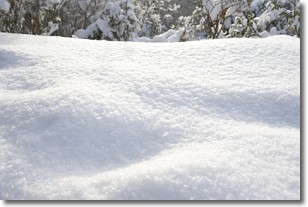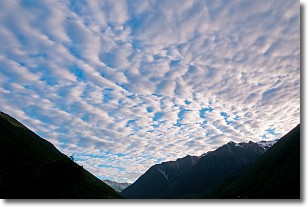Weather Alert in Kansas
Flood Warning issued August 28 at 8:16PM CDT until August 30 at 2:01AM CDT by NWS Wichita KS
AREAS AFFECTED: Cowley, KS; Sumner, KS
DESCRIPTION: ...The Flood Warning is extended for the following rivers in Kansas... Slate Creek At Wellington affecting Cowley and Sumner Counties. * WHAT...Minor flooding is occurring and minor flooding is forecast. * WHERE...Slate Creek at Wellington. * WHEN...Until early Saturday morning. * IMPACTS...At 20.0 feet, Flood waters cover several low lying spots along Seneca Road between 40th and 60th Street just southeast of Wellington. Woods Park within the city floods. Slate Creek comes to roadway's edge at mile marker 15 on the the Kansas Turnpike. * ADDITIONAL DETAILS... - At 8:01 PM CDT Thursday the stage was 21.3 feet. - Forecast...The river is expected to rise to a crest of 21.4 feet just after midnight tonight. It will then fall below flood stage early tomorrow afternoon. - Flood stage is 19.0 feet.
INSTRUCTION: Do not drive into flooded areas or go around barricades. Nearly two feet of water will carry most vehicles away. Turn around, don't drown. Additional information is available at www.weather.gov. The next statement will be issued Friday morning at 830 AM CDT.
Want more detail? Get the Complete 7 Day and Night Detailed Forecast!
Current U.S. National Radar--Current
The Current National Weather Radar is shown below with a UTC Time (subtract 5 hours from UTC to get Eastern Time).

National Weather Forecast--Current
The Current National Weather Forecast and National Weather Map are shown below.

National Weather Forecast for Tomorrow
Tomorrow National Weather Forecast and Tomorrow National Weather Map are show below.

North America Water Vapor (Moisture)
This map shows recent moisture content over North America. Bright and colored areas show high moisture (ie, clouds); brown indicates very little moisture present; black indicates no moisture.

Weather Topic: What is Snow?
Home - Education - Precipitation - Snow
 Next Topic: Stratocumulus Clouds
Next Topic: Stratocumulus Clouds
Snow is precipitation taking the form of ice crystals. Each ice crystal, or snowflake,
has unique characteristics, but all of them grow in a hexagonal structure.
Snowfall can last for sustained periods of time and result in significant buildup
of snow on the ground.
On the earth's surface, snow starts out light and powdery, but as it begins to melt
it tends to become more granular, producing small bits of ice which have the consistency of
sand. After several cycles of melting and freezing, snow can become very dense
and ice-like, commonly known as snow pack.
Next Topic: Stratocumulus Clouds
Weather Topic: What are Stratus Clouds?
Home - Education - Cloud Types - Stratus Clouds
 Next Topic: Wall Clouds
Next Topic: Wall Clouds
Stratus clouds are similar to altostratus clouds, but form at a
lower altitude and are identified by their fog-like appearance, lacking the
distinguishing features of most clouds.
Stratus clouds are wider than most clouds, and their base has a smooth, uniform
look which is lighter in color than a nimbostratus cloud.
The presence of a stratus cloud indicates the possibility of minor precipitation,
such as drizzle, but heavier precipitation does not typically arrive in the form
of a stratus cloud.
Next Topic: Wall Clouds
Current conditions powered by WeatherAPI.com




